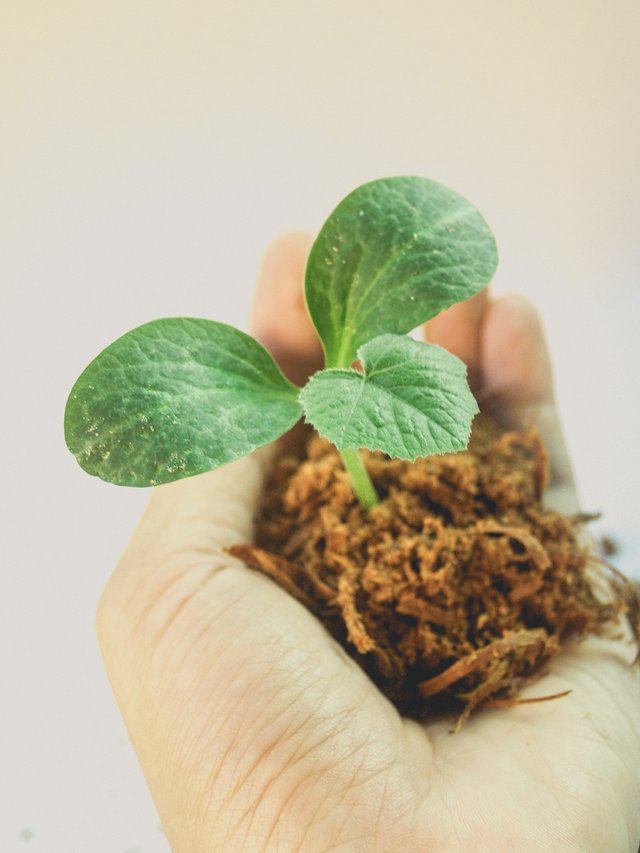LEARN to G.R.O.W.

When the student is ready, the teacher will appear. - Buddha
Although the quote is popularly attributed to Buddha, the concept is an ancient Indian saying, Buddha was from India after all. In the Indian tradition of Vedic studies, a teacher would assess a student's readiness before accepting them as a disciple to teach.
I use the above quote to highlight what it means to be ready to LEARN. What it means to be ready to GROW. What it means when the student decides to OWN IT. What it means when the student asks that one powerful question - "HOW do I do this?"
There is famous quote on asking and receiving. Here's a version that I particularly like:
“Ask and it will be given to you; seek and you will find; knock and the door will be opened to you. For everyone who asks receives; the one who seeks finds; and to the one who knocks, the door will be opened." - Matthew 7:7
These two powerful quotes reflect the MINDSET of the person who is ASKING. When a student is ready - the teacher appears, because the intense yearning for growth in the student brings a teacher into the student's space. A space that is welcoming of new information.
When the student asks for it; verbally or mentally, in SEEKING solutions, the mind immediately searches for answers. Sometimes, the answers are not within us, and so we seek HELP and SUPPORT outside ourselves. A door may open, someone may come into our lives, or a random message on a flyer may catch our eye. Although seemingly by chance, in truth, the wheels were already in motion in the inner asking.
The reason I kick off today's discussion with a student mindset is because learning can only happen when someone is willing to receive the information given.
When I started out in academics as a young lecturer, there was one thing I opened the first lecture of the semester with; "Learning is 100% your responsibility!" If students only learn at 10%, regardless of how well I teach, they will only get what they put in. This simple instruction wasn't based on an ancient philosophy; it was based on my personal experience as a student.
As an undergraduate I almost failed my biopsychology course. I slept in class, hardly did my assignments, and constantly wished I was anywhere BUT in class. Ironically, I ended up pursuing a master's degree in neuroscience (a fancier name for biopsychology). Here, I was excited with the research topic and even though the topic was hard, I FOUND a way to learn it. When it came time for me to TEACH it, I made sure I understood the concepts first before I went into class.
The only difference between being able to stand in a lecture hall and rattle off complex concepts and telling myself the topic was TOO HARD, was my mindset, particularly my willingness to LEARN, and to take responsibility for that learning.
In coaching, as mentioned in previous blogs - the coachee needs to OWN IT, in such a way that given the chance, they would be able to give an inspiring TEDTalk on it!
Why is it important to get to such depth? Allow me to share one more story as a lecturer. I had a brilliant and ambitious student to supervise for a final year project. She didn't realise she was ambitious. In her mind, it made sense to look at all the possible variable combinations of her experiment. When I looked at the design, I realised it was a master's level project, with an undergraduate timeline that couldn't be realistically accomplished in time for graduation.

I tried explaining this to her, but she couldn't see it. I realised, that she had done all the right planning, but hadn't analysed the parts individually and in relation to each other. In short, she didn't understand her own design.
No amount of explaining was getting through, so there was only one thing to do. I handed her a large sheet of paper, gave her "unlimited" time to figure it out, with the only caveat that she could only make the next appointment once she had charted the entire design on that piece of paper, and could explain the relationship of all the variables to me.
We met a month later and her eyes were glowing with excitement as she had TRULY understood the design. She realised what she was up against, saw the potential and opportunity it opened up in terms of research. With this new revelation, she reworked her focus area within the time frame to graduate with an honours in B.Sc. Phew! That one was excruciating month for both of us, but the only way forward was to TRULY unpack the issue and make sense of it from within.
A coachee can set goals, brainstorm solutions, and come up with excellent action plans. They might even jump with excitement and take ownership after finding their CORE WHY. However, all of this is ONLY possible when the coachee is WILLING to LEARN about what IS and ISN'T working in their life, through their OWN filters, understanding and capabilities. It requires an honest assessment of what they have tried so far, OR NOT tried and the willingness to dissect and ask, "WHAT can I do next." "What am I willing to try?"
You can instruct someone to cook, but until they actually attempt the recipe, they won't learn about the nuances of setting the fire at the right temperature, how much is a pinch really, and so on and so forth. It is in a lot of ways a holistic process that takes place within the biological psychological, emotional and cognitive levels of the client.
The coach is armed to support this process by listening in to EVERYTHING that is said and not said without judgement, ask respectful questions that can guide a process of discovery and hold a safe space for learning to take place. The answers only come once they can SEE what their blind spots reveal. The solutions come when they dive into the awareness to find a NEW way forward.
The entire process becomes a TRANSFORMATION; a sustainable growth in learning that lasts a lifetime. It is a piece of themselves they have discovered, hold on to and fallback on as they encounter new situations.
In the coaching process, many tools are used to bring about powerful outcomes. One such tool, used across various industries, is the G.R.O.W. model. The model has four sections:
- Goal
- Reality
- Options
- Way Forward
In guiding a client towards their desired outcome, the GOAL must be made clear, and measurable. A good way to measure goals is to use the S.M.A.R.T. method (Specific, Measurable, Attainable, Relevant and Time Bound), it also helps when it is interesting and exciting.
The second step is to have an honest appraisal of what the reality is now. This is where the learning mindset really comes into play. The difficult questions are asked here to create awareness and facilitate learning.
The third step is to brainstorm for options and solutions. There is no restriction in feasibility here, just an exploration of ALL possibilities and opportunities. Sometimes casting the net wide and far may reveal unexpected insights.
The fourth step is the way forward, a realistic look at what can be implemented, what works and what doesn't, helps narrow down a road map forward. The steps are best when clearly defined with checkpoints along the way.
There are two additional components we can be added to the GROW model, and that is Tactics, and Habits, to create a G.R.O.W.T.H. model! ;)
Tactics refer to specifying the hows, whens, whos and whats. Such as what the steps are, when they will be taken, how frequently and who they would approach for help (if necessary).
Habits refer to creating steps that are small yet frequent to implant a new way of thinking, feeling and acting. Habits transform lifestyles and change lives.
Finally, all learning and growth needs to be celebrated. We thrive in appreciation and recognition. It really affirms our sense of purpose when we review how far we've come, why we started the journey, where we are in achieving our goals and the rewards and satisfaction it has brought us.
Having achieved what seemed impossible then, to celebrating a tangible win "now", instills belief within the client that they are capable of more; that they ARE this NEW person now, they had once hoped to become. It creates an appreciation for their growth, and empowers them for possibilities in the future.
**Note: This blog entry is to meet Catalyst Coaching Certification course content of FLOW5 C.O.A.C.H Process on the Outcome module: "EXPERIENCE THE G.R.O.W MODEL"
This piece has been posted from my blog Coach Chitrah if you wish to stay up to date with my content please consider subscribing.
Hi, @kchitrah!
You just got a 0.08% upvote from SteemPlus!
To get higher upvotes, earn more SteemPlus Points (SPP). On your Steemit wallet, check your SPP balance and click on "How to earn SPP?" to find out all the ways to earn.
If you're not using SteemPlus yet, please check our last posts in here to see the many ways in which SteemPlus can improve your Steem experience on Steemit and Busy.
I really enjoyed reading this @kchitrah, you explain everything so well. You show an ease in getting your thoughts across to the coachees that I'm sure they find very helpful. !tipuvote 0.2
Thank you @free-reign. Appreciate your kind words and vote of confidence. Also appreciate the @tipu vote.
Have a restful weekend.
Posted using Partiko Android
This post is supported by $0.27 @tipU upvote funded by @free-reign :)
@tipU voting service: instant, profitable upvotes + profit sharing tokens | For investors.